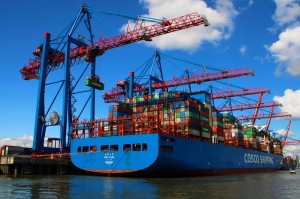Global sourcing of electronic components from around the world
At first glance, global sourcing is what the name implies. Sailor Academy defines it this way in its International Business course, "Global sourcing is the purchase of raw materials or components for a company's products from around the world, not just from the country/region where the headquarters is located."
Often organizations look at global sourcing in terms of whether they should use a single source or more of the necessary components. Saylor describes the advantages and disadvantages of this approach.
Price discounts based on larger volumes
Rewards loyalty in tough times
Exclusivity leads to differentiation
Greater influence on suppliers
Disadvantages of exclusive sourcing
Higher risk of failure
Suppliers have more bargaining power over price
Advantages of multisourcing
More flexibility during outages
Negotiate lower rates by forcing one supplier to compete with another
Quality may be less equal across suppliers
Less influence on each supplier
Higher coordination and management costs
Identifying and working with a global sourcing partner with an extensive network of suppliers around the world can reduce many of the risks associated with trying to individually monitor multiple suppliers while providing the desired benefits.
It makes sense to choose a strong partner with global reach for a number of reasons, especially for OEMs with a global manufacturing presence. Here are five things a global sourcing partner can do to help.
Supply chain optimization: Global supply chains face inherent risks, including delays in transit, increased costs and logistical challenges. The right partner can help avoid costly surprises.








